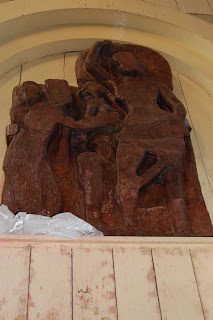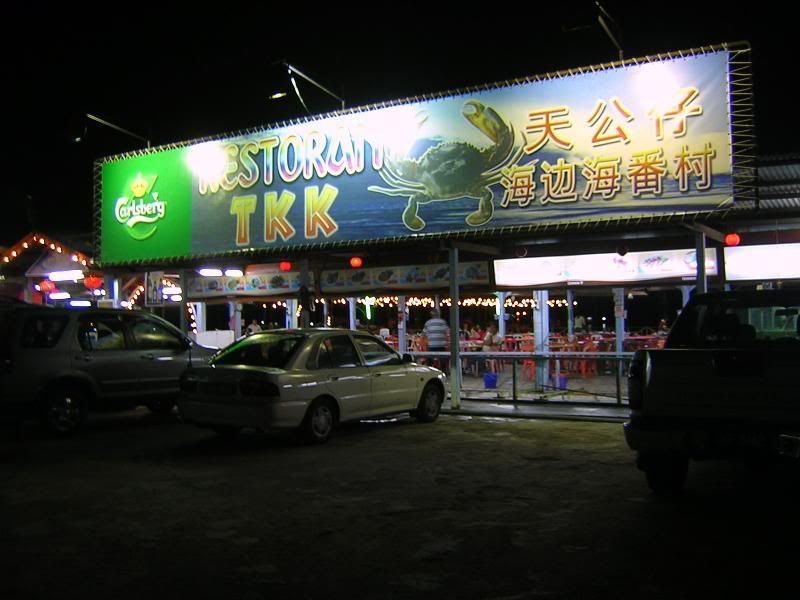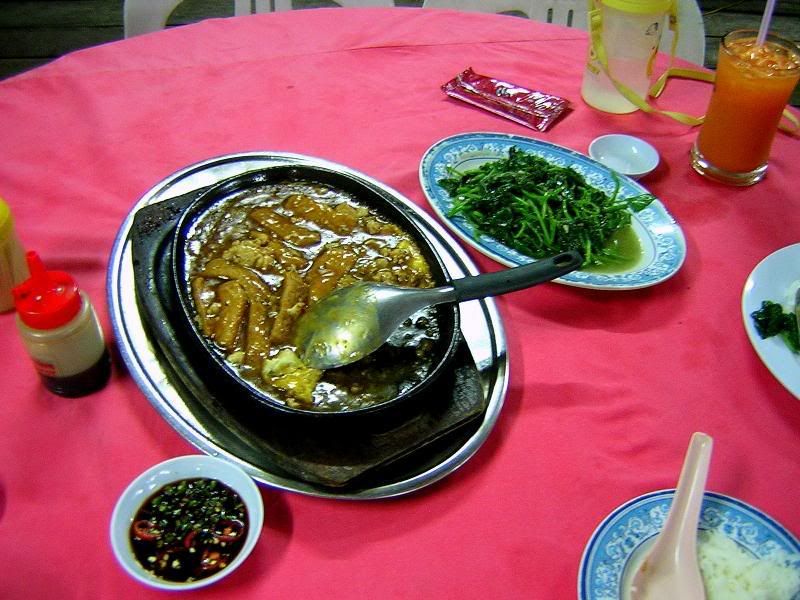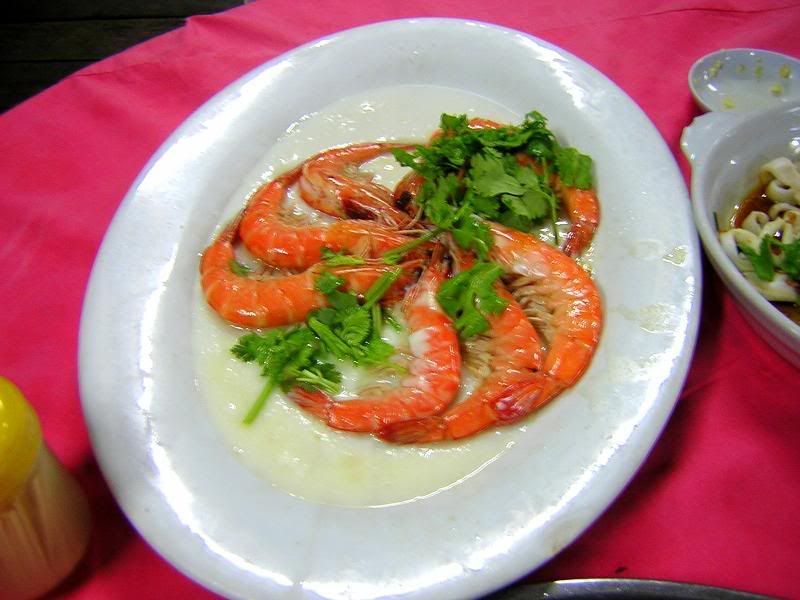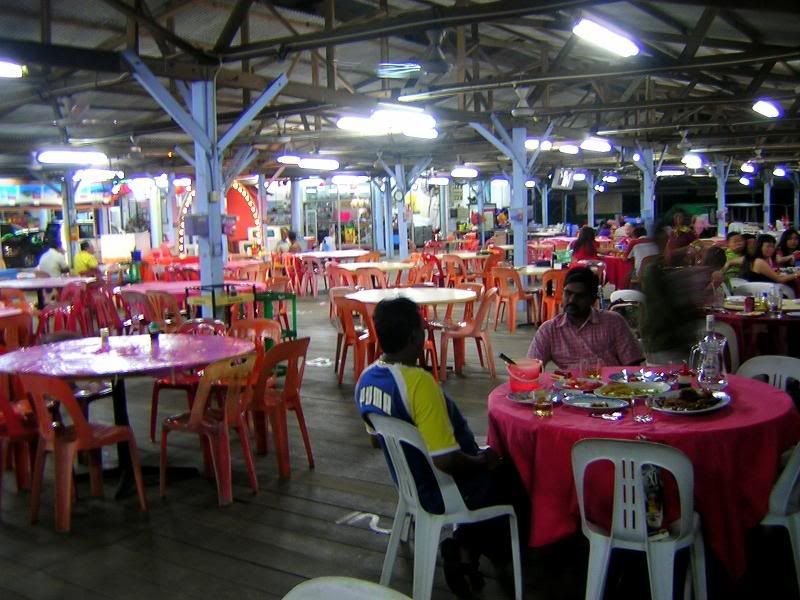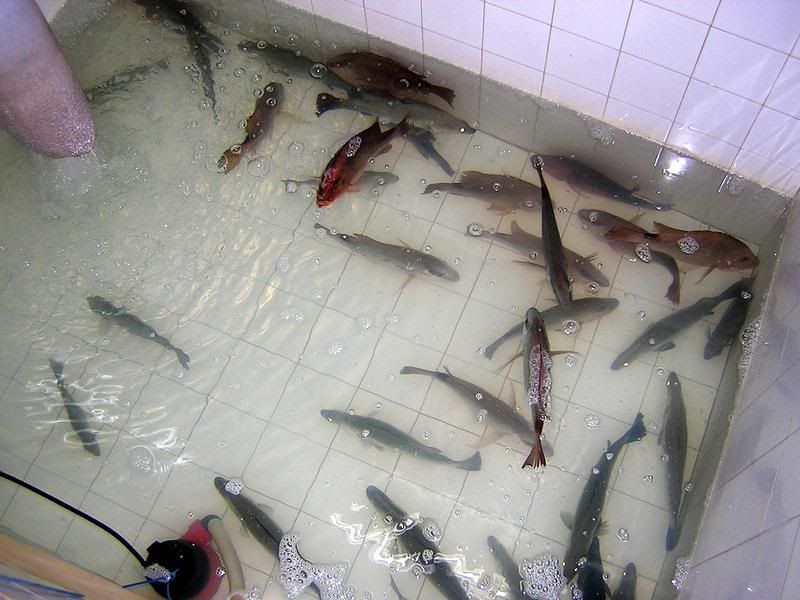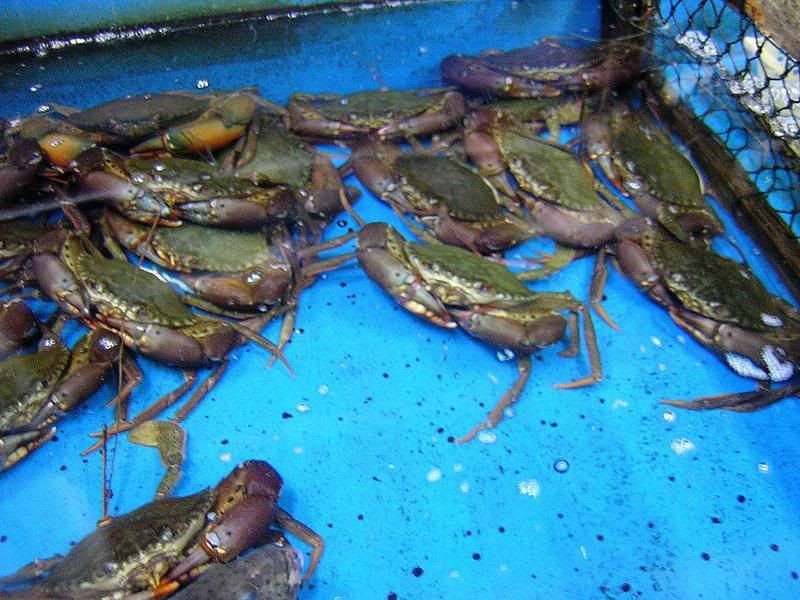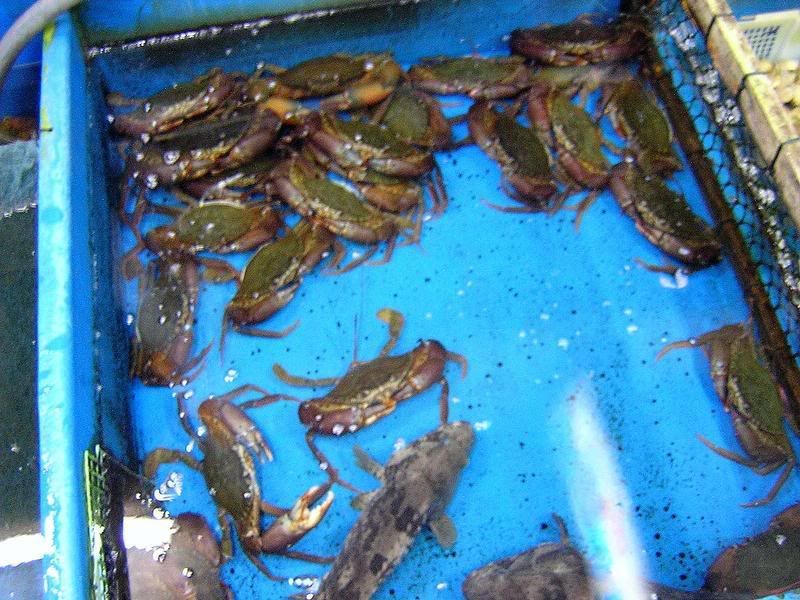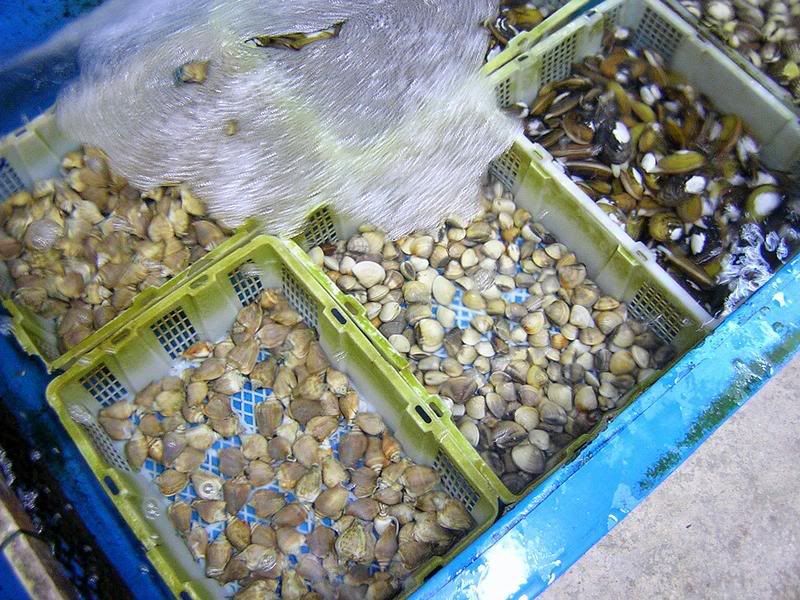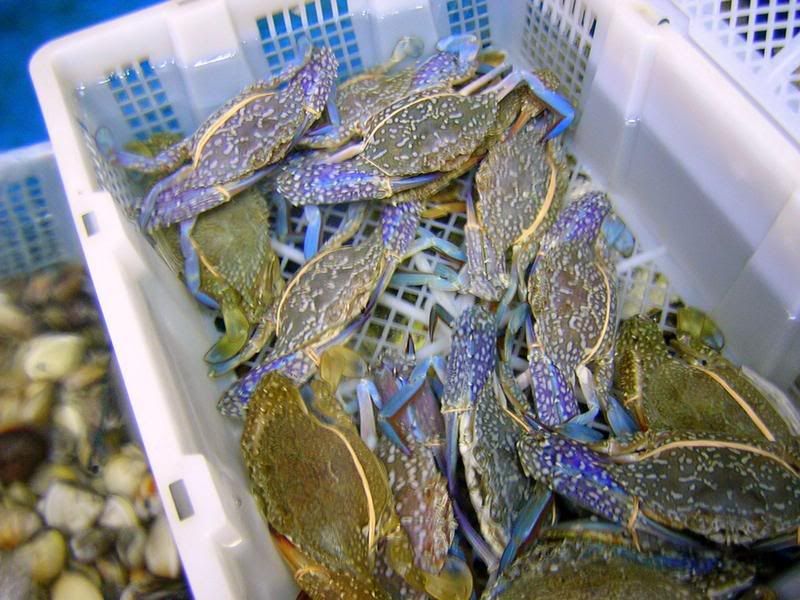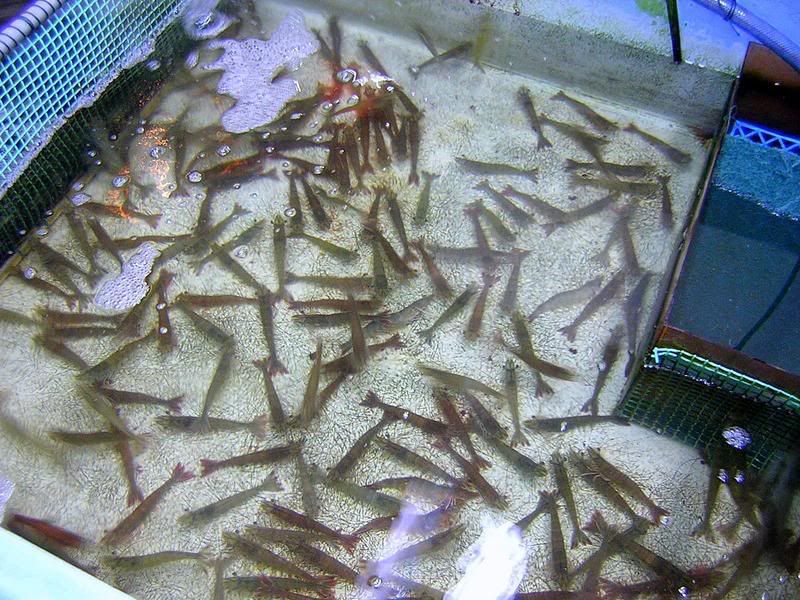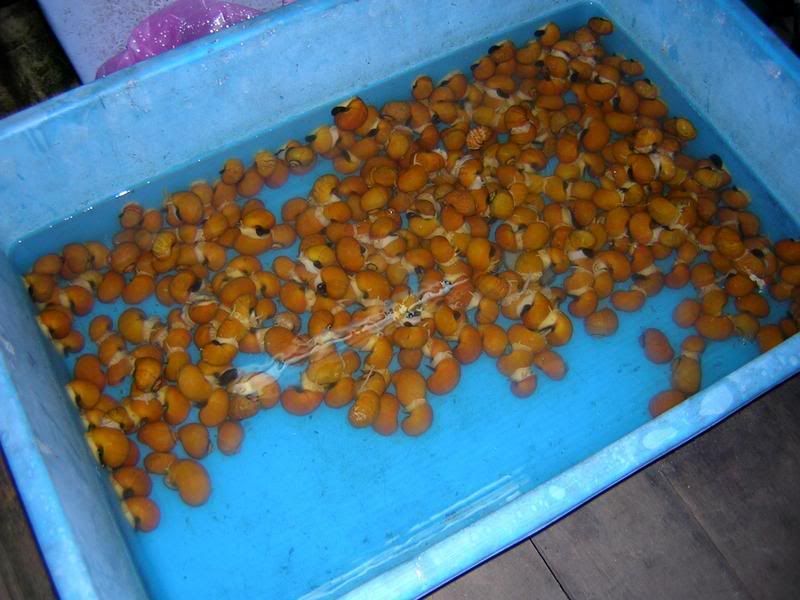
The new year promises to be a stellar one! I look forward to be leading two photographic expeditions~workshops in Kashmir (July-August) and Bhutan (October), and to participate in the Foundry Photojournalism Workshop in Mexico (June). I'm also planning a couple of solo photo trips in March and early winter...and I hope to attend the Angkor Photo festival in Siem Reap whenever it's held. I also have a couple of publishing projects which will come to fruition this year.
This being the last post in 2007, I wish a happy healthy & prosperous 2008 to all The Travel Photographer blog's readers, subscribers and drop-ins. I've received many complimentary emails and messages about this blog over the course of its first year, and I'm immensely gratified that it has contributed something of value to the community of photographers and travelers.































